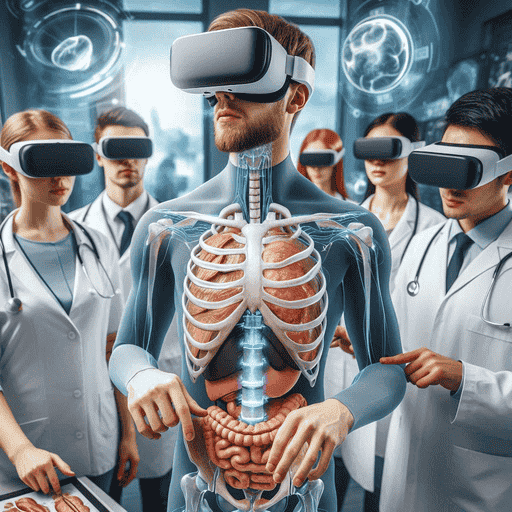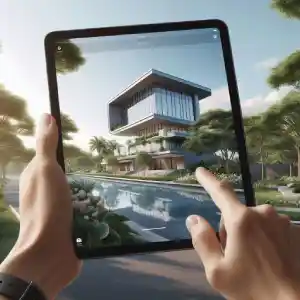VR in Medical Education: Transforming Learning in the Healthcare Sector
Virtual reality (VR) is revolutionizing medical education by providing immersive, interactive environments for students and professionals. Through VR medical training solutions, learners can explore anatomy, practice surgical procedures, and enhance their skills in a safe, simulated setting. This cutting-edge technology improves understanding, retention, and hands-on experience, making it an essential tool for modern healthcare training. VR anatomy training and surgical simulations in VR offer engaging ways to prepare for real-world challenges, transforming medical learning platforms and fostering better outcomes for students and professionals alike.
Dental Anatomy and Training in VR
The Dental Anatomy and Training module in VR is very ideal for dental students as well as professionals. This module allows users to explore each nook and corner of the dental anatomy by mimicking real-life 3D models of the teeth, gums, and oral structures through the VR. The immersive environment of VR has immediate feedback capabilities within it to practice procedures such as dental exams, fillings, and extractions. Apart from the interactive practice of the virtual training platform, it contains lessons on how to develop teeth, oral diseases, and proper dental care techniques, and this would enhance better understanding with minimized risks since it is live practice.
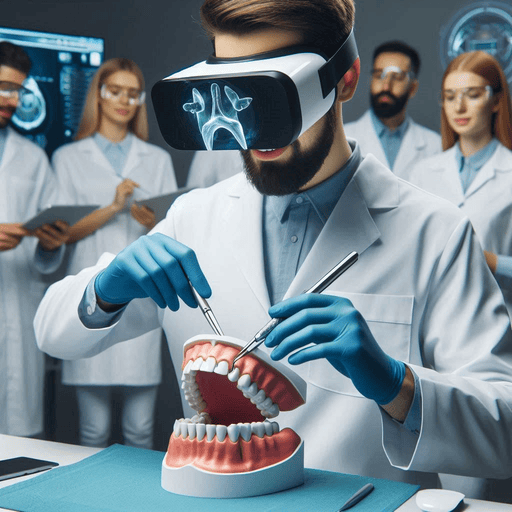
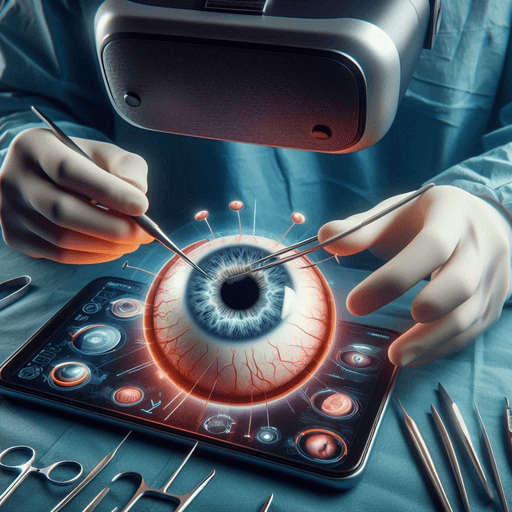
Eye Anatomy and Training in VR
The module Eye Anatomy and Training is designed to educate medical students and ophthalmologists to gain a deep understanding of the structure and anatomy of a human eye through interactive lessons based on virtual reality. This module will afford detailed 3D exploration of the cornea, retina, lens, optic nerve, and many intricate parts of the visual system. With this virtual environment, learners can visualize really complex structures of the eyes to simulate procedures such as eye examinations, corrective surgeries, or treatments for eye disorders. The virtual environment will help in the safe and repeatable practice of delicate procedures that are actually critical in ophthalmology like cataract surgery or laser treatments. This immersive training system may improve skill acquisition and understanding of diagnosis and management of common eye conditions without risks
Whole Body Anatomy and Training in VR
The Whole Body Anatomy and Training module is a full, immersive educational experience into the human body with virtual reality technology. A perfect understanding of the vast intricacies of the human body-from bones to muscles, internal organs, and nervous systems-will be achieved by medical students, surgeons, and other healthcare professionals. This way, students may study and practice on life-like 3D models and really understand how various body systems function. The virtual environment also performs simulated surgeries, emergency medical response, and pathology, helping the users to gain a more practical experience that is very realistic but controlled in nature.
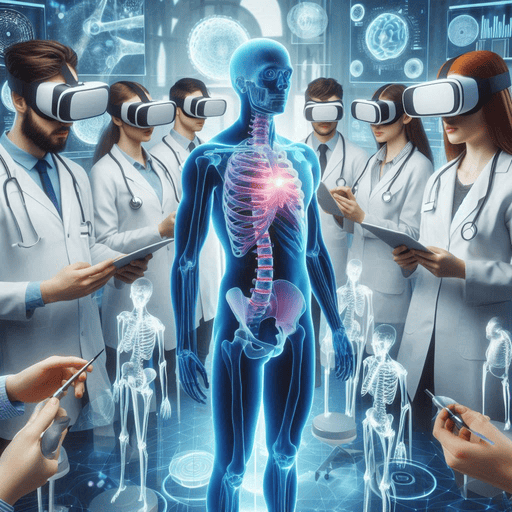
VR in Medical Education: A New Era in Learning
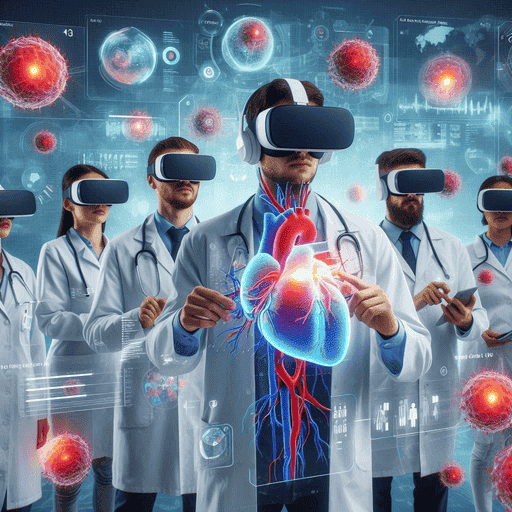
Virtual reality (VR) is reshaping medical education by offering immersive and interactive environments where students and professionals can explore complex medical concepts with ease. With VR medical training solutions, learners can visualize and interact with anatomical structures like never before, practicing procedures in a risk-free setting. This technology is particularly beneficial for areas like surgical simulations in VR, where professionals can refine their skills through repeated, hands-on practice without the pressure of real-life scenarios.
From VR anatomy training to complete virtual reality healthcare education tools, VR offers an engaging way to improve proficiency in medical procedures, diagnosis, and patient care. As a cutting-edge tool for medical learning platforms, virtual reality for medical students enhances their understanding and retention of critical information, making it an invaluable resource for modern healthcare training. By integrating VR in medical education, institutions can foster better engagement, deeper learning, and more effective outcomes across a range of medical disciplines.
